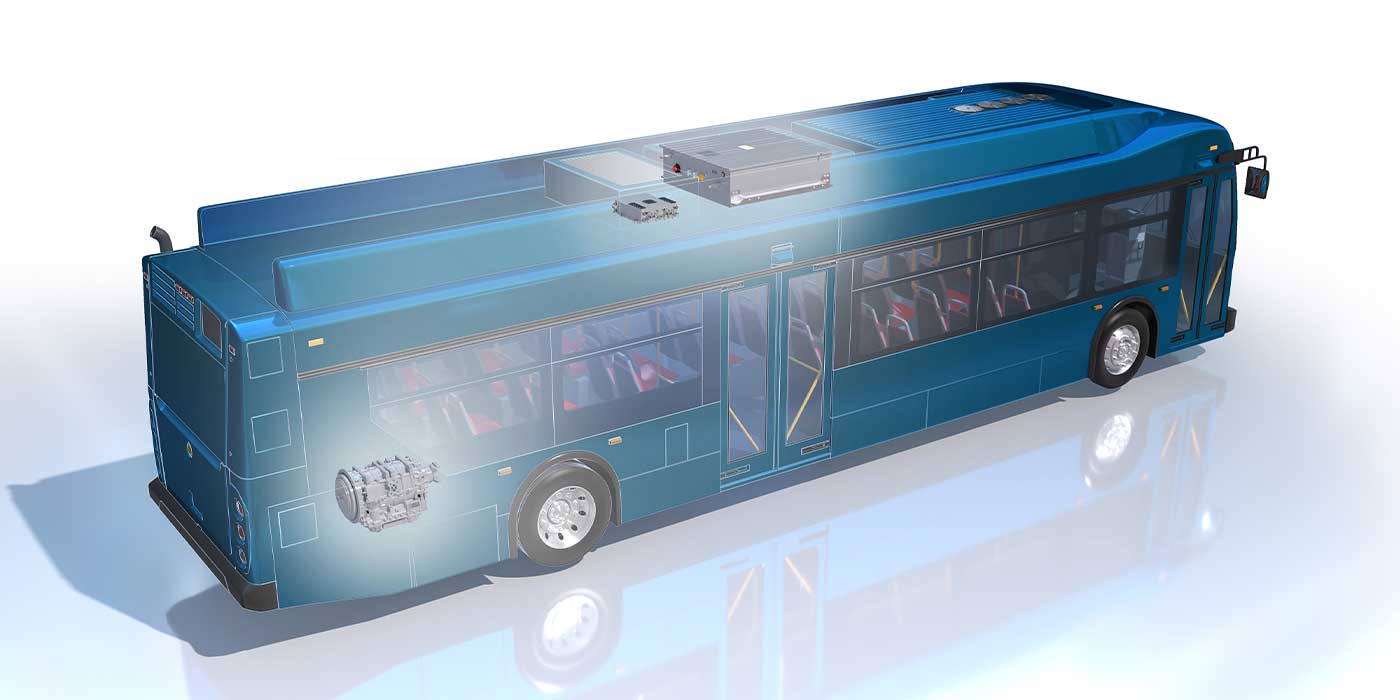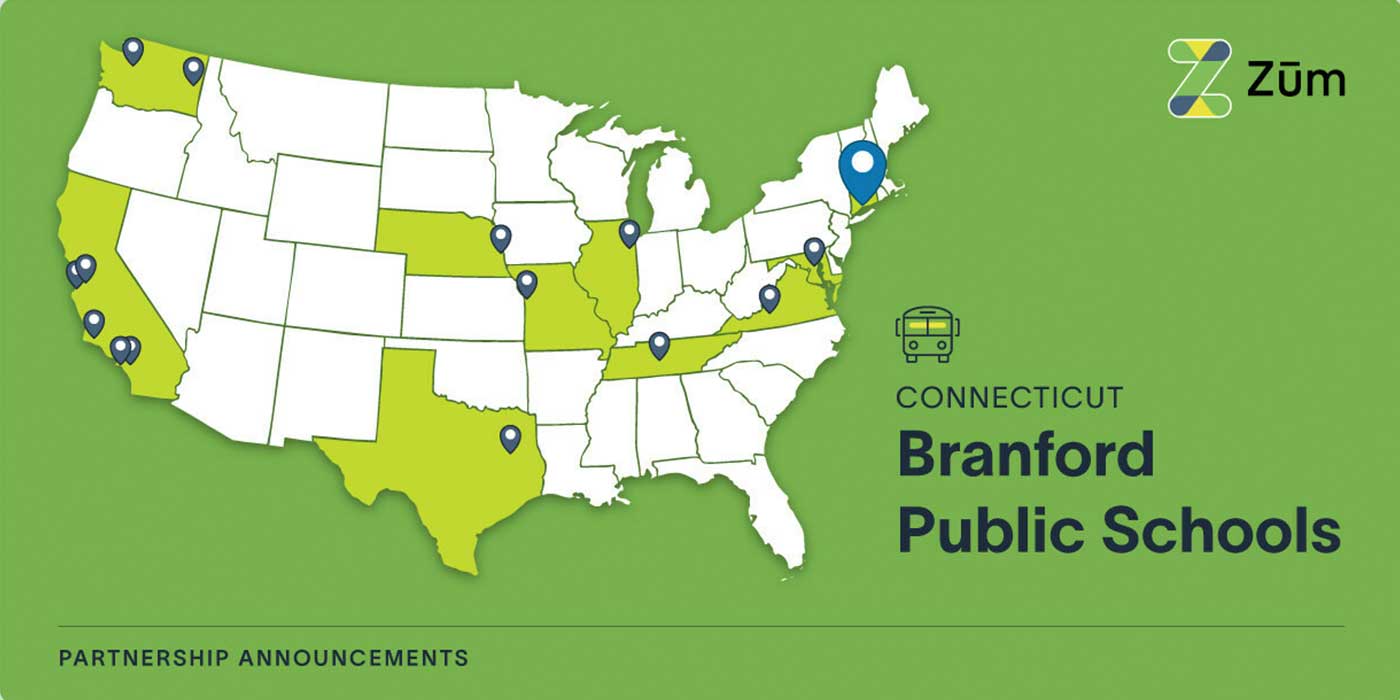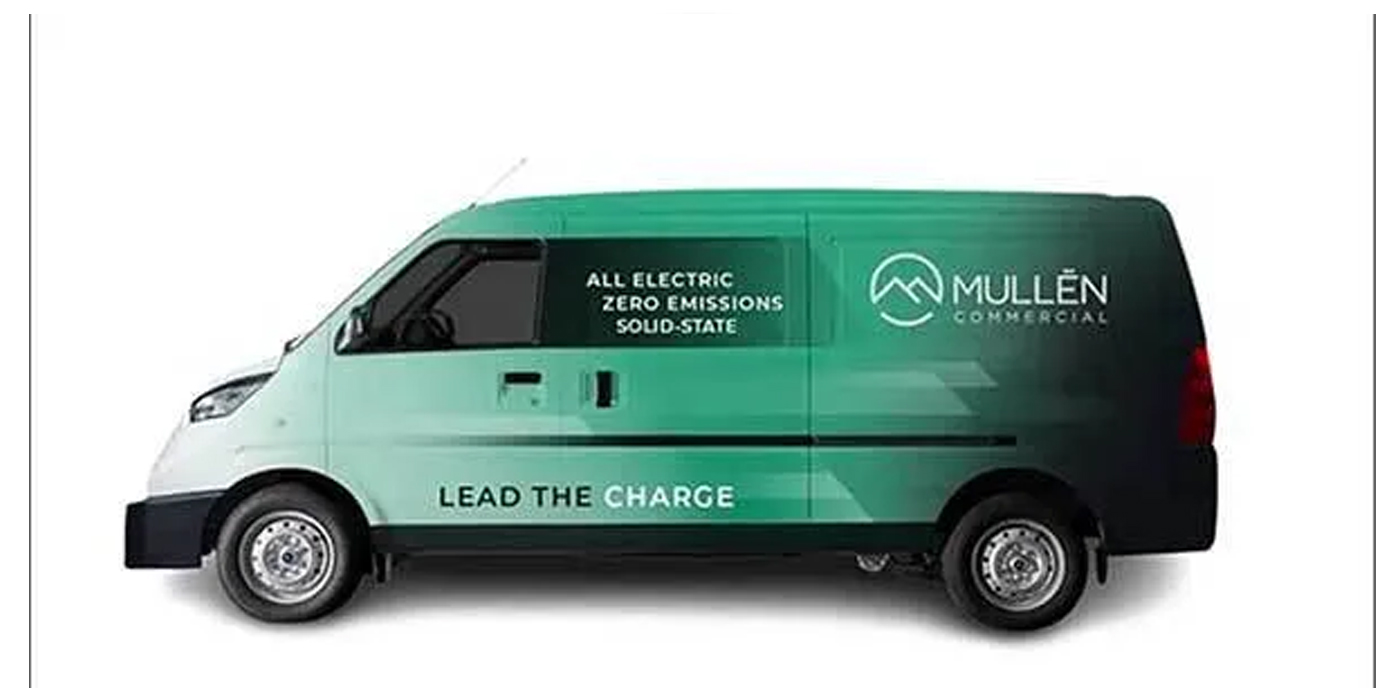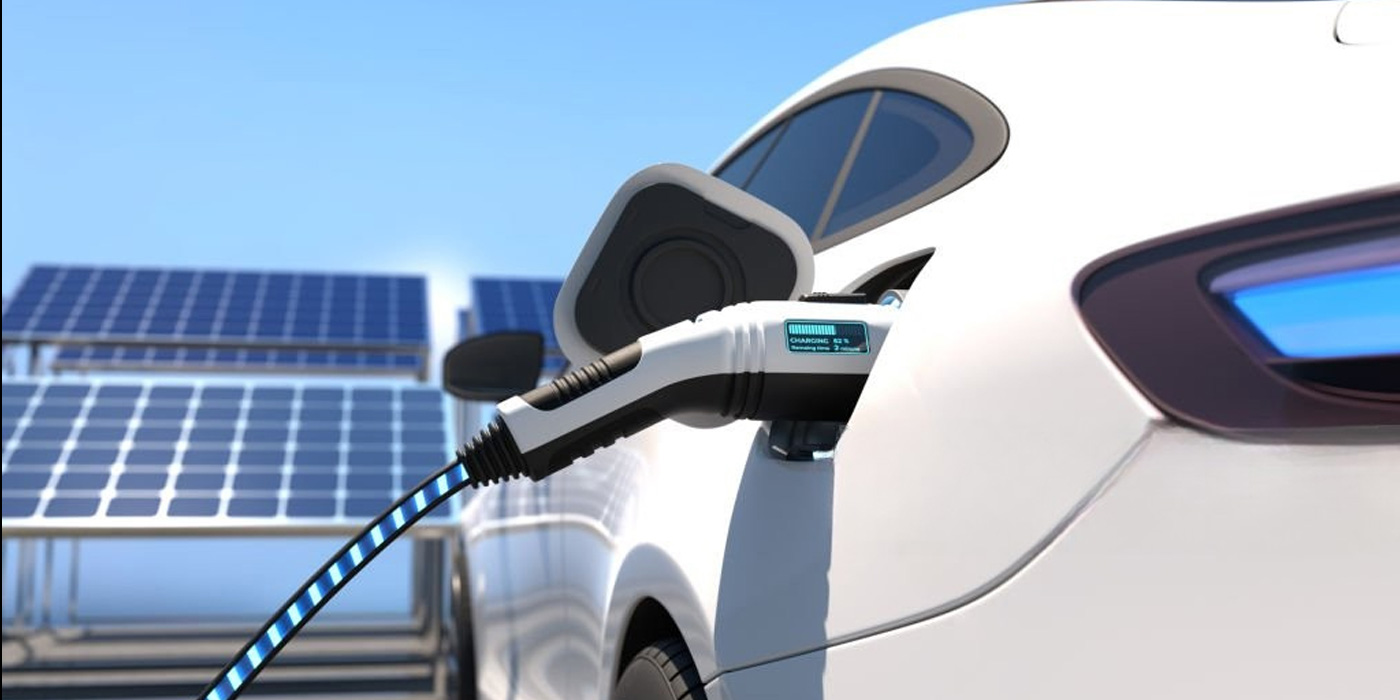I once worked with a technician you might call considerate. When he used a piece of equipment, he would ensure everything was clean and properly put away. For example, we had a five-gas analyzer used for state emissions testing. After every time he used the machine, the hose for the tailpipe probe was neatly coiled and hung on the machine. When he used the machine, the hose was laid on the ground and not dragged across the shop’s floor. He also was the guy who would dispose of the filters left in the oil drain by other technicians.
You also see it in other professions. For example, I attend a lot of meetings in person. If you want to find a considerate person at a company, see who pushes in their chair after the meeting. Some people will bolt out of their chair and not move it back in. Others will make sure they push in their chair, and these are typically the most successful people.
This brings us to EVs. We recently installed an electric charging point in our parking lot. While we have only a few EVs and PHEVs at our office, it gets a fair amount of use. It has a 20-foot charging cable that is supposed to hang on a hook or be wrapped around the charger’s box.
It amazes me what has happened to the cable in just six months. I have seen it wrapped up in a dozen different ways. Some people tightly wrap the cable around the machine. Others will use the “hand over hand” method and hang the cable on the hook. Some people even make big loops or stop halfway and leave some cable on the sidewalk for someone to trip over.
The Tesla solution to the problem is to limit the length of the cable. Most Supercharger cables are designed to go from the charger to the port, with just a little wiggle room if the driver backs into the charger spot. Other solutions include contraptions that retract the cable or place it on a reel.
Many EV owners are also getting angry because it is becoming more common when they pull up to the charger only to find the cable on the ground or in a tangled mess. Some will leave negative reviews, but it is not the charger’s fault.
Back to the shop. My friend who would carefully coil the hose for the five-gas analyzer and empty the oil drain was very considerate and realized that it was not a waste of time to take extra care of communal equipment. Sure, he could have just waited for the next guy to take care of it. But, chances are the next guy could be him. Some call this concept karma.
Will EVs be derailed because some drivers cannot wrap up the charging cable? Probably not. But, it demonstrates how a human factor can defeat even the most well-thought-out technology.
Charging will get better as technology improves and drivers change their behaviors. But, some people you just can’t change.














